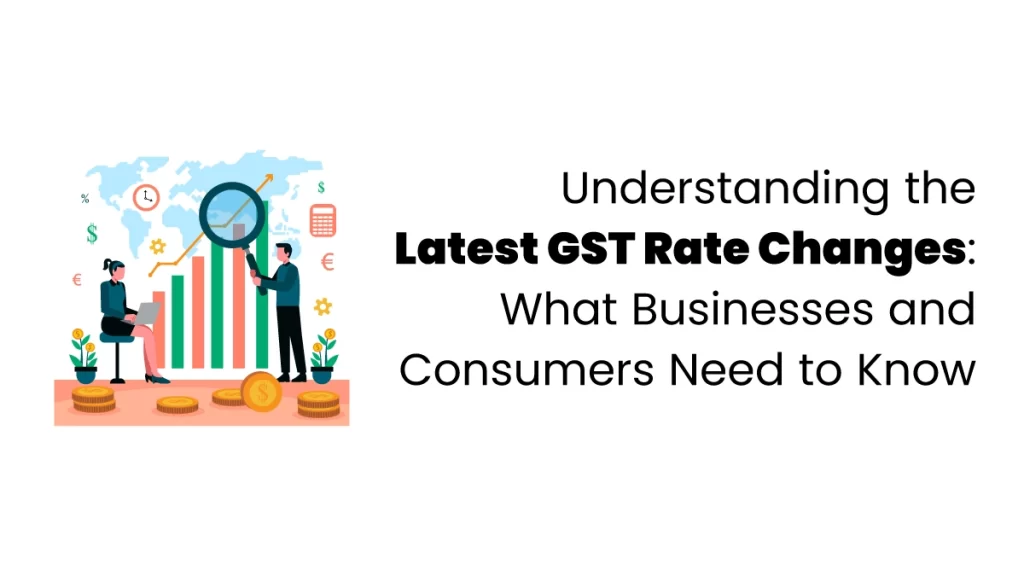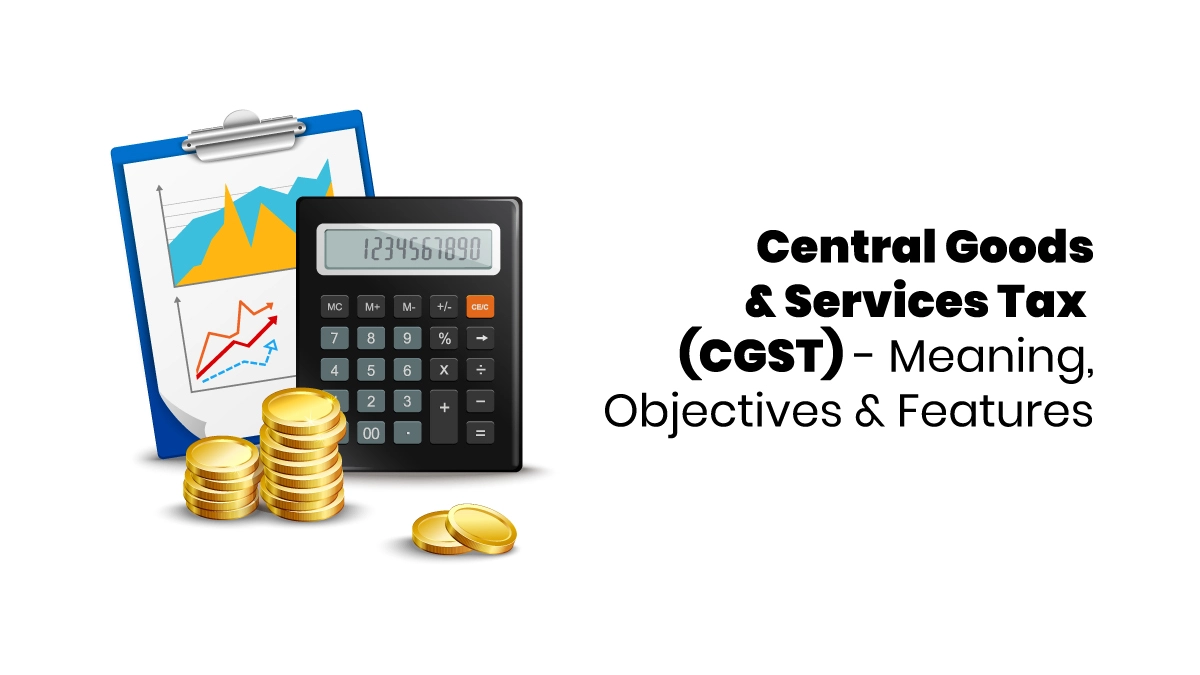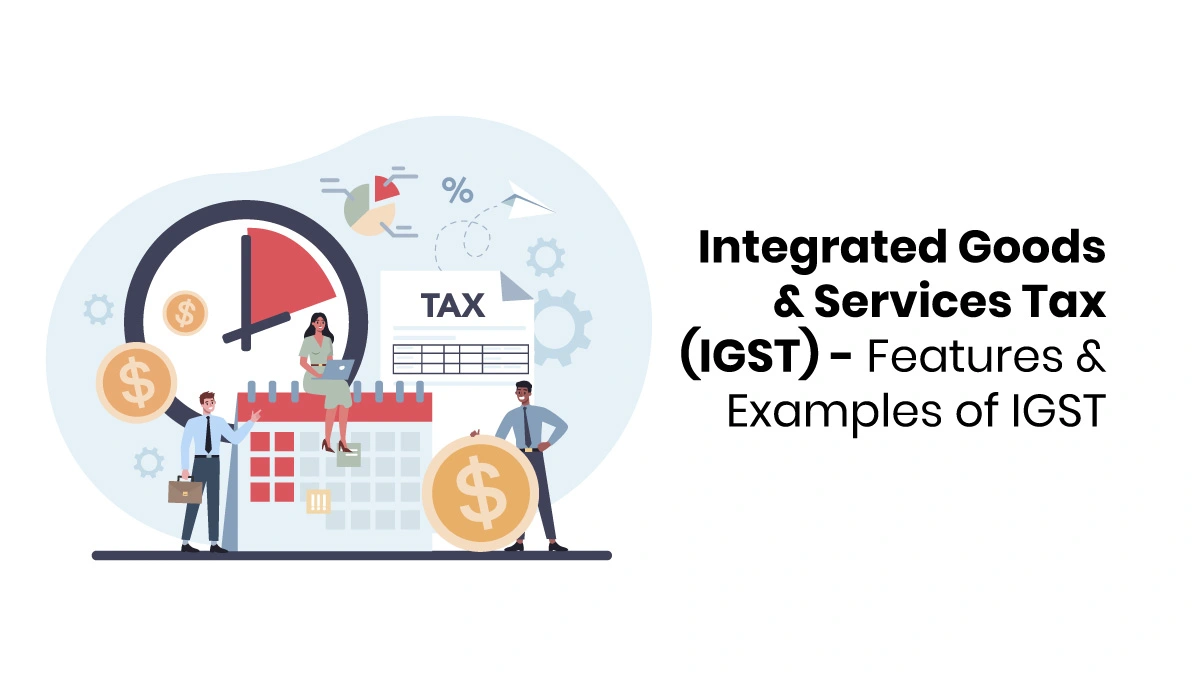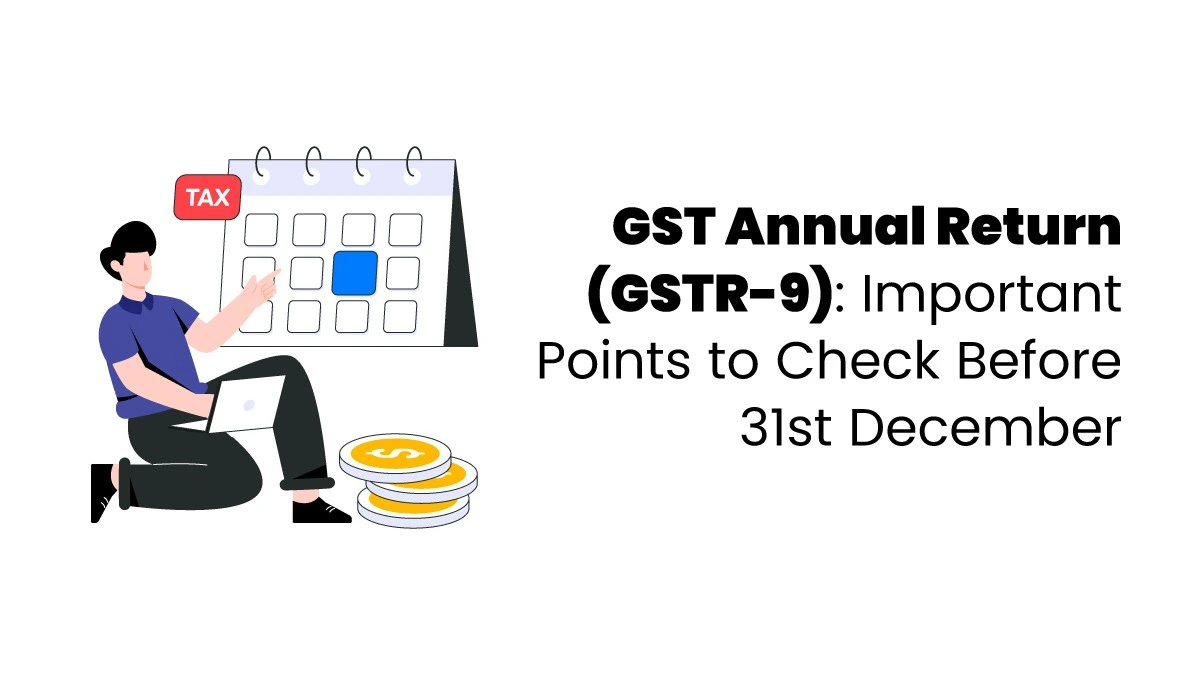Did you know that the GST system has completely changed, and this change is going to affect your pockets and shopping lists very soon? The earlier confusing slabs of 5%,12%,18% and 28% are finally gone. The government has made a bold move to make the GST structure simpler and easier to understand for common people. Now onwards, we will have only two main GST Rates: 5% and 18%.
Prime Minister Narendra Modi called the latest GST changes a “Bachat Utsav”, or a festival of savings for everyone. He said these changes will help people save money and spend more on what they need, helping youth, farmers, women, traders, and business owners. Finance Minister Nirmala Sitharaman said the changes are not just about lowering taxes. She explained that this is a significant reform that will make it easier for businesses and consumers to follow the rules and understand GST.
Impacts on Consumers
For Consumers, the GST rate changes bring more financial benefits and greater clarity.
- Tobacco, Pan Masala and luxury Products are now taxed at 40%, making them more expensive to buy.
- Soap, Toothpaste, and other daily household items are charged merely 5% which was spread across different slabs earlier.
- Agricultural machinery, fertilisers, and some farm equipment are now taxed at 5%
- Every day processed food items like butter, ghee, dry fruits, biscuits, sugar confectionery, jam, juices, ice cream, cereals, sausages, and meat – now 5%.
- All Indian Breads have been exempted from GST, that is, from 5% to 0%.
- Stationery items like pencils, crayons, exercise books, erasers, maps, and globes are now tax-free.
- Another significant move is that healthcare services become cheaper as the tax rate drops from 12% to 5%.
- Salons, spas, gyms, health clubs, yoga studios: These now attract 5% GST instead of 18%.
- Two wheelers, Small Cars, TVs, ACs and other electronic items will now be under 18% GST instead of 28%. This is a big hope for middle-class people.
- Individual Life and Health Insurance Policies: GST rates are entirely exempted from 18% to 0%.
- Several life-saving cancer drugs are also completely exempted from GST rates, ranging from 5 to 12% to 0%.
Moreover, consumers can make more informed decisions as the GST System is now more straightforward to understand. The reduced tax burden will ensure that consumers spend more on essentials and less on luxury items. The new GST systems offer everyday consumers clear transparency and affordability when buying products.
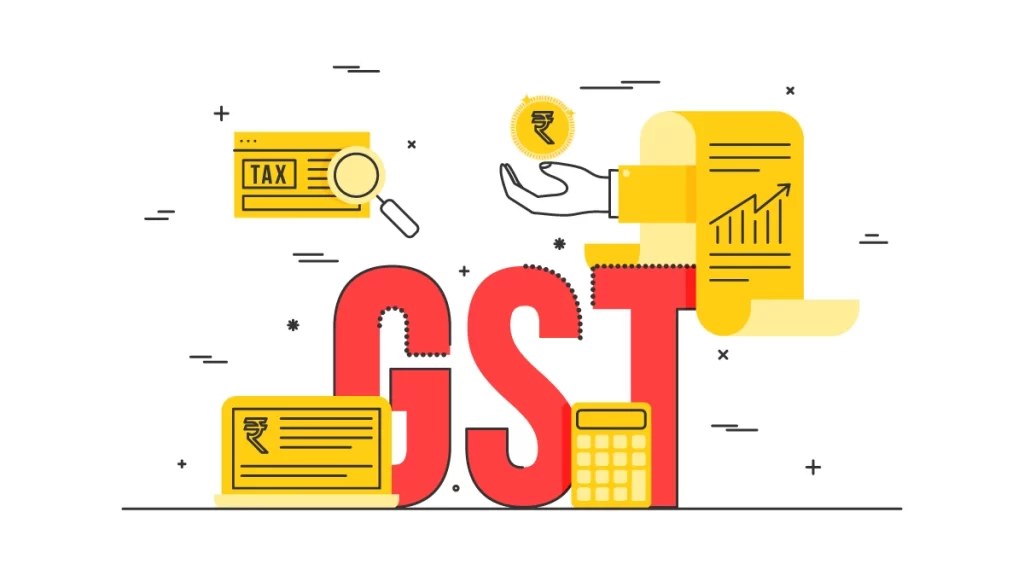
Impact on Businesses
The GST Rate changes have prompted businesses to update their invoicing, accounting and ERP Softwares to reflect new tax rates. Pricing Strategies also need to be revised. Business contracts have to be reviewed as tax variations have occurred. Businesses should reconcile their input tax credit. Refunds will be faster and automated for exporters and exceptional cases. These changes will surely help our economy by increasing demand and investment.
Additionally, companies must train their finance and sales teams on the new tax rates to ensure accurate billing and reporting. Inventory Management may require specific adjustments as older stock priced according to earlier GST slabs could affect profitability. Marketing and Communication Strategies should be regularly updated to inform their customers about changes in pricing. It is better for businesses to coordinate with auditors to ensure smooth GST filings. Companies even have to check the supply chain costs as changes in tax rates can also affect the whole procurement costs.
Conclusion
In Summary, the new GST rate changes mark a big step towards a simpler and more transparent tax system. Consumers benefit from lower prices on essentials, while businesses enjoy easier compliance and smoother operations. Students taking a GST online course will find these reforms helpful as they learn about the updated tax system in a simpler format. Together, these changes are expected to encourage spending, support small businesses, and strengthen the economy.

